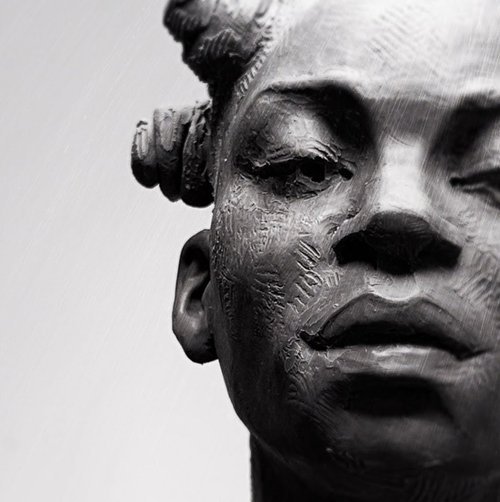Unseen and Unheard: The Phenomenon of Feeling Invisible in Society
Our story
Our studio is female led, and we are dedicated to promoting equitable design in home decor and beyond. We achieve this by intentionally curating products that represent historically underrepresented groups. Our goal is not only to enhance the aesthetic of spaces with our designs, but also to facilitate meaningful discussions and promote connectivity and community.
We recognize the lack of inclusivity in most industries is by DESIGN and how that affects the types of products which are created, funded, endorsed, and marketed is clearly evident when you think about the disconnect from the retail floor to the boardrooms across industry. If what’s created is by a population that is unrepresentative, unless there is a deliberate effort to course correct, the status quo will stay in tact.
In response, we prioritize equitable design. Our unique perspective and unwavering focus on the needs of the communities we serve ensure that everyone feels acknowledged, SEEN and valued when engaging with our brand.
Eliza Martin said it best in her August, 20, 2020 article: Inside the Design Industry’s Diversity Problem where she interviews Dori Tunstall, the dean of design at the Ontario College of Art & Design University, who explained that one of the fundamental barriers that keeps BIPOCs out of the design industry is that design has historically been a tool used to harm and oppress marginalized communities. “If you start excavating—from the advertisements that you’ve seen, to the objects that you have, to all of the tools that were used to extract labor from Black people—those were by design.”
We welcome you to join us on our journey to build a more inclusive and diverse design industry. As a purpose-driven brand, we consciously curate products that align with our mission.
Our Founder
I would like to express my deepest gratitude for the early support. I set on a mission to ensure representation in the objects we consume and bring into our homes. Being intentional about what objects we place in our homes is an important aspect of creating a space that supports our well-being. By choosing items that reflect our personalities, values, culture and interests, as well as their practicality and sustainability, we can create a space that not only looks beautiful but also feels authentic, nurturing, and functional.
The home decor industry's lack of diversity is a significant issue that has a profound impact on the types of goods produced. The industry needs to take steps to ensure that it is more inclusive and representative of diverse perspectives and cultures. This includes promoting diversity in hiring practices, encouraging designers from different backgrounds to participate in the industry, and challenging dominant cultural norms and traditions. By embracing diversity, the home decor industry can become more innovative and creative, offering consumers a wider range of products and designs to choose from.
Did you know ?
The home decor market was valued at $727.6 Billion according to the latest market data forecast.
That the design industry is 73 percent white
Just 0.32 per cent of the furniture produced by leading brands is created by black designers, according to research by Ethiopian American industrial designer Jomo Tariku.
Tariku made the calculation by recording the designer of each collection from 150 of the world's leading furniture brands listed on the Swiss products site Architonic over the past year.
I’m on a mission to help bridge the gap, one design at a time. Every item we place in our home carries a certain energy and meaning, and it's important to be mindful of how they make us feel and what they represent.
Design is the birthplace of inequity, but it doesn’t have to be.
CEO LitBodies - Sophia
Design For You.





